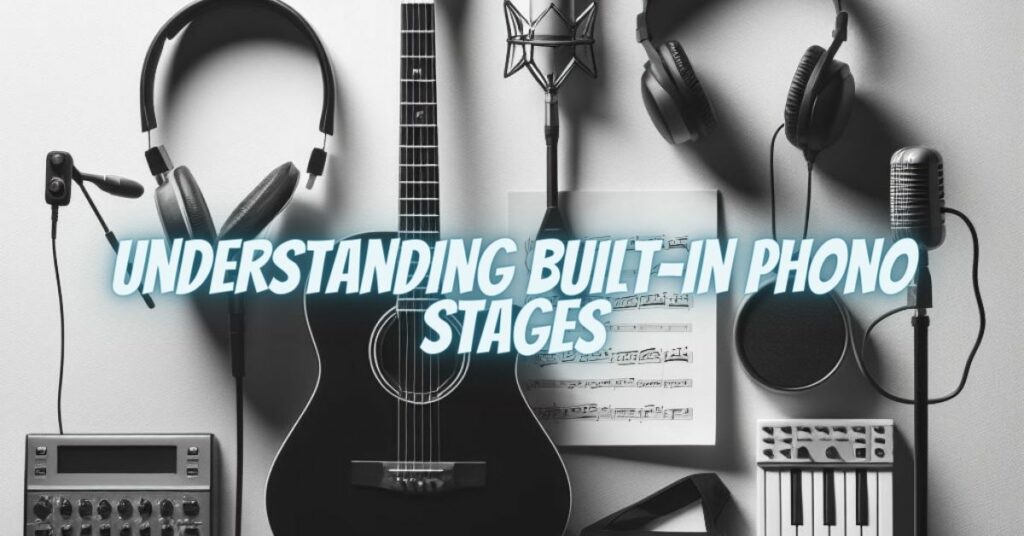A built-in phono stage is a phono preamplifier that is integrated into a turntable. It is responsible for amplifying the weak signal from a turntable cartridge and applying the RIAA equalization curve. This ensures that the music is reproduced accurately and with the correct tonal balance.
Why do turntables need a phono stage?
Turntable cartridges produce a very weak signal. This is because they are designed to be very sensitive to the tiny modulations in the record grooves. However, this also means that the signal is very susceptible to noise and interference.
The phono stage amplifies the signal from the turntable cartridge to a level that is compatible with a line-level amplifier. This allows the music to be reproduced at a higher volume without adding noise or distortion.
The phono stage also applies the RIAA equalization curve to the signal. This is a standard recording curve that was developed by the Recording Industry Association of America in 1954. It is used to boost the bass frequencies and attenuate the treble frequencies on vinyl records. This is done to save space on the record and to reduce surface noise.
When a turntable cartridge plays a record, it reverses the RIAA equalization curve. However, the signal is still very weak, so it needs to be amplified before it can be played through a speaker system.
The phono stage amplifies the signal and applies the RIAA equalization curve, restoring it to its original shape. This ensures that the music is reproduced accurately and with the correct tonal balance.
Benefits of a built-in phono stage
There are a few benefits to having a built-in phono stage in your turntable:
- Convenience: A built-in phono stage eliminates the need for a separate phono preamplifier. This can save space and simplify your setup.
- Compatibility: A built-in phono stage is designed to be compatible with the turntable cartridge that it is integrated with. This means that you don’t have to worry about choosing a compatible phono preamplifier.
- Affordability: Turntables with built-in phono stages are often more affordable than turntables without built-in phono stages.
Drawbacks of a built-in phono stage
There are a few potential drawbacks to having a built-in phono stage in your turntable:
- Sound quality: Built-in phono stages are often not as high quality as separate phono preamplifiers. This is because they are limited in size and cost.
- Flexibility: If you want to upgrade to a better phono preamplifier in the future, you will need to purchase a separate unit.
- Troubleshooting: If you are having problems with your turntable’s sound quality, it can be difficult to troubleshoot whether the problem is with the turntable cartridge, the phono stage, or another component in your system.
Overall, whether or not a built-in phono stage is a good thing depends on your needs and budget. If you are looking for the best possible sound quality and you are willing to spend the money, then a separate phono preamplifier is the best option. However, if you are on a budget or you are looking for a convenient and easy-to-use solution, then a turntable with a built-in phono stage can be a good choice.


